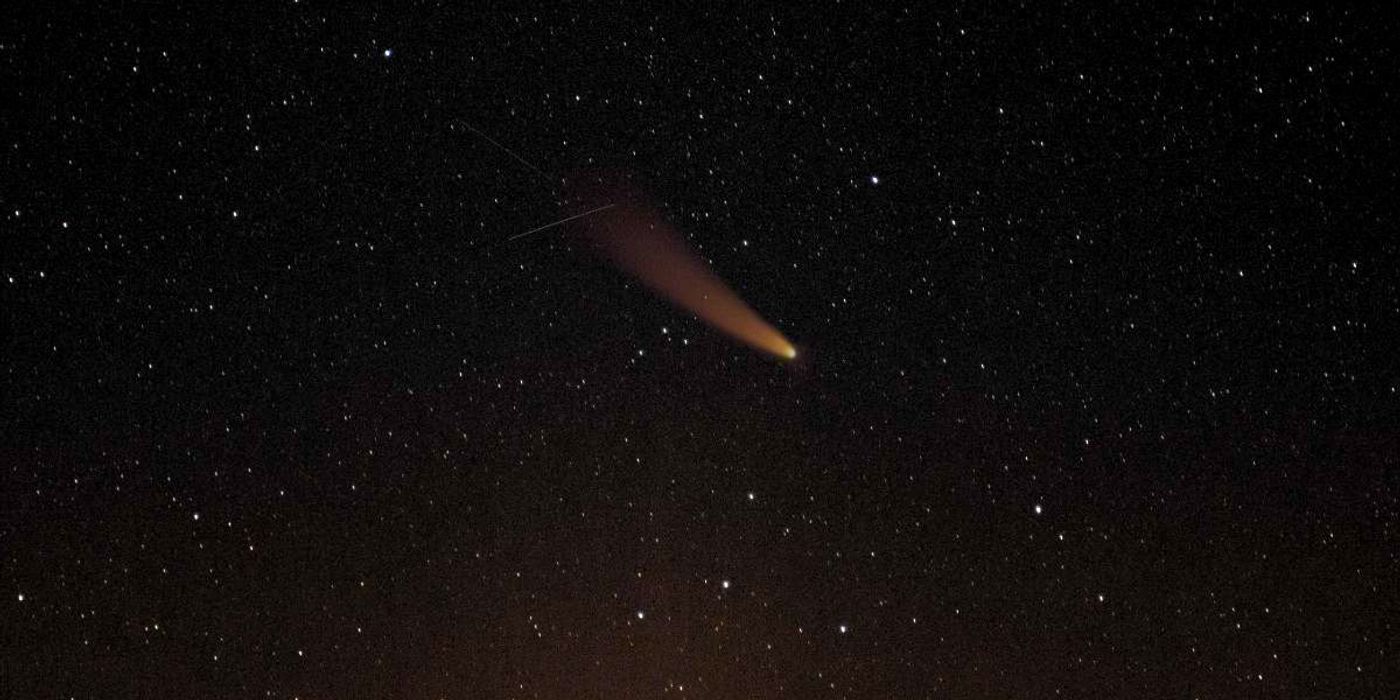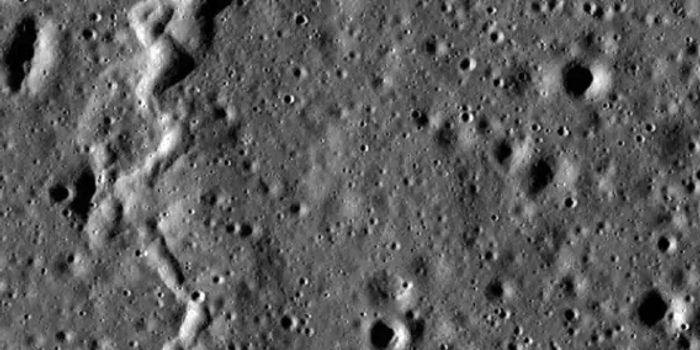First Visitor from Another Solar System Remains Unknown
An object hurtling through our solar system known as 'Oumuamua' is our first visitor from another solar system. Since its first sighting in 2017, scientists have been puzzled as to what it is. And now, they may have just ruled out a major possible explanation- only adding to its mystery.
Earlier this year, some scientists had pointed out that Oumuamua could be a hydrogen iceberg. This would explain many things- such as why the object is shaped like a long cigar. It would also explain how it was able to power itself through distant space without any gravity, as pure hydrogen gas would have propelled it like a rocket.
But now, a new paper from researchers at Harvard University and the Korea Astronomy and Space Science Institute (KASI) suggest that it is not possible Oumuamua is made of hydrogen, as it simply wouldn't have been able to survive the journey.
"We were suspicious that hydrogen icebergs could not survive the journey – which is likely to take hundreds of millions of years – because they evaporate too quickly, and as to whether they could form in molecular clouds," says Avi Loeb, co-author of the new paper.
Loeb and colleagues also suggest that an iceberg of this kind could not have formed through the usual process that creates similar objects. Lead author of the paper, Thiem Hoang, said, "In regions with high gas density, collisional heating by gas collisions can rapidly sublimate the hydrogen mantle on the grains, preventing them from growing further."
Although Oumuamua's nature remains a mystery, the researchers say that it is only a matter of time before its 'identity' is known. In particular, they look forward to the Vera C. Rubin Observatory switching on next year, from which they say it should be possible to sport similar objects once per month. This would then make it easier to study them in more detail and thus better understand their properties.
Sources: Independent, Phys









